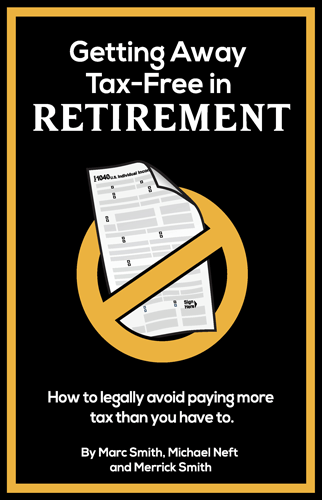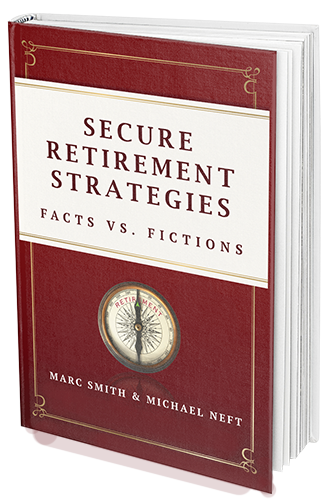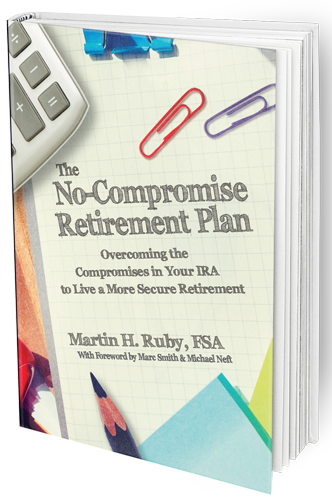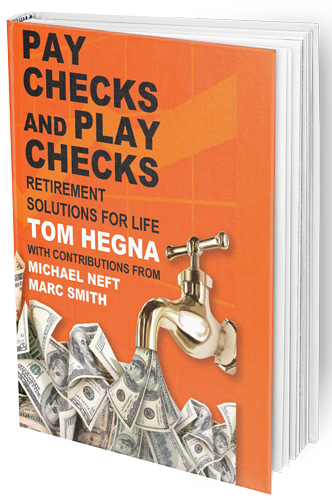When to Ignore the Crowd and Avoid a Roth IRA: Part 1
The Rise of Roth IRAs
Switching out your traditional individual retirement account for a Roth IRA is often an excellent tax strategy — except when it isn’t. At Secure Retirement Strategies, we’re going to go over the pros and cons in our two-part blog series.
It was in 2010 that Congress began allowing all owners of traditional IRAs to make partial or full conversions to Roth IRAs. Ever since then, savers have performed more than a million conversions and switched more than $75 billion away from traditional IRAs into Roth accounts.
The advantages of doing a Roth conversion are many. A conversion switches retirement funds into an account that provides both tax-free withdrawals and tax-free growth. Additionally, the account owner does not have to take payouts at a particular age. Further, although traditional IRAs can grow tax-free, withdrawals are usually taxed at typical income rates. Account owners aged 70½ and over also must take payouts that will deplete the account as time goes on.
According to IRA specialist Ed Slott, Roth IRAs also yield income that is “unseen” by the federal tax system. This means that Roth payouts do not raise reported income in a manner that reduces other tax breaks, raises your Medicare premiums, or increases the current 3.8% levy on one’s net investment income.
The Downsides of Roth IRAs
However, Mr. Slott also agrees that in spite of their myriad benefits, Roth conversions are not always a good idea for everyone. IRA owners who convert have to pay tax on the transfer, and the risk is that savers will lose out on valuable tax deferral without reaping the rewards of even more valuable tax-free benefits. Beginning with the tax year 2018 and beyond, the law no longer allows the owners of IRAs to undo their Roth conversions.
Savers often hesitate to write checks for Roth conversions, and sometimes, there are valid reasons not to break out the pen. For instance:
Your tax rate is decreasing
Generally, it doesn’t make sense to do partial or full Roth conversions if your tax rate will decrease when you make withdrawals.
In other words, it is frequently better to convert in low-tax-rate years when your income dips. For instance, a Roth conversion could work well for a younger saver with an IRA or 401(k) who then returns to school, or an older worker who has retired but has not yet begun to take IRA payouts to raise income later on. However, if you believe that your taxes will remain the same or go higher, then, by all means, you should consider a Roth or, better yet, doing a LIRP conversion.
By converting to a LIRP, you get the tax-free aspect of a Roth conversion, but with the additional features of indexing — (where you can get up to 12.25% of the S&P 500 every year, keep your gains, and never lose money in a down year — as well as a significant death benefit. However, just like a Roth, a LIRP lets you withdraw tax-free income each year.)
Those who will soon move to a state with lower income taxes should also consider waiting.
Next week, we’ll discussing of the advantages of opting for a LIRP rather than a Roth IRA. In the meantime, be sure to call Secure Retirement Strategies today with any questions!







